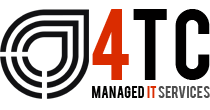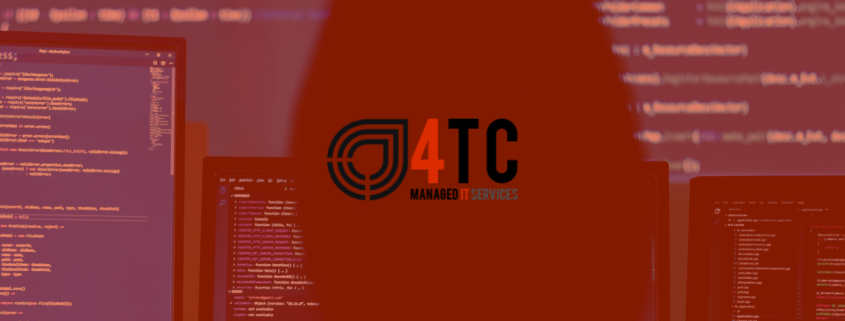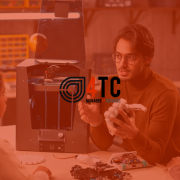AI scaremongering is rife, but creatives should fear not
You’ve all seen it. The media is awash with articles and commentary about how AI is going to take all of our jobs and leave only a small fraction of the population with hope of remaining in the careers they know and enjoy.
More research emerged recently which predicts that advertising agencies will replace 7.5% of existing jobs with AI by 2030, but it made a particularly interesting distinction: creative problem-solving roles will thrive.
This brings me on to something that’s been present in my mind for some time now, which is that there’s currently a race to the bottom in agency land. It’s a tough economic climate in general at the moment and, in pursuit of cutting costs, many bosses are exploring automating human roles – focusing on the immediate cost savings – without regard for possible future ramifications.
In particular, those naïvely believing they can lay off their team of copywriters and produce adequate work using ChatGPT are in for a nasty surprise. Of course, businesses should be thinking about how they can utilise emerging technologies, but let’s not get carried away.
AI is a creative companion
It is not a creative replacement.
Another important thing to consider is that while generative artificial intelligence is likely to affect clerical, process-oriented roles, its rise will also pave the way for other opportunities which don’t yet exist. By educating ourselves on the topic and understanding not just where its strengths lie, but its limitations too, we can put ourselves in a strong position as more advancements are made.
Using what we do at WOAW for example — as a personal branding agency it would be impossible to deliver the level of personalisation in our client work as we do, without human control. The intricacies of the tone of voice, emotional understanding and the nuances that make each individual different are only fully understood and effectively applied by people.
That said, we’re thinking about where we can use AI, and it’s proven extremely effective in some key areas. Gathering basic information quickly, organising chronologically, building on existing ideas/concepts and making quick tweaks to things like the length of copy have all been great examples of its effectiveness.
It’s worth adding that even if you aren’t working in a role that’s considered ‘creative’, you aren’t necessarily doomed, either. Around 5 years ago, an AI researcher claimed that “We should stop training radiologists, because in 5 years, AI will have replaced the need for them.” Current demands for radiologists are off the charts and we can’t find enough of them. So, the overall point remains:
Yes, progress is moving very rapidly, but it’s the development of a tool; not a march towards extinction.
Source: AI scaremongering is rife, but creatives should fear not – Business Leader News










